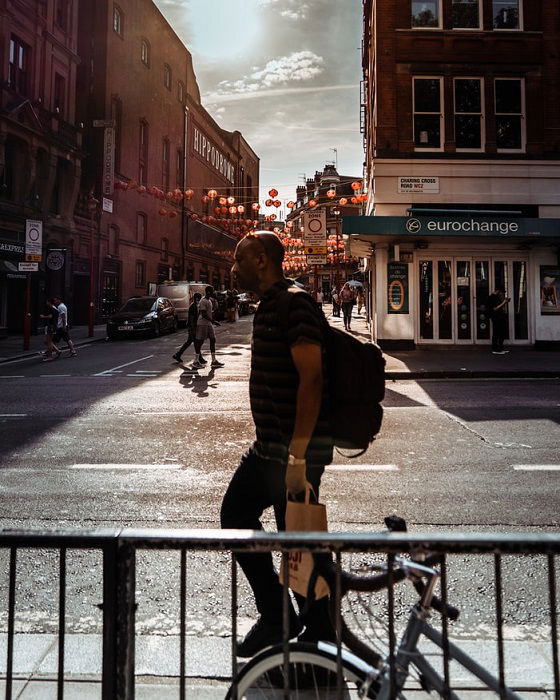The 6-Minute Rule for Framing Streets
Wiki Article
Not known Details About Framing Streets
Table of ContentsThe 6-Minute Rule for Framing StreetsFascination About Framing Streets8 Simple Techniques For Framing StreetsSome Ideas on Framing Streets You Need To KnowFraming Streets Things To Know Before You Get ThisLittle Known Questions About Framing Streets.
, typically with the aim of capturing photos at a definitive or poignant minute by cautious framing and timing. https://www.edocr.com/v/2rrgxoq2/davidturley33101/framing-streets.
His boots and legs were well defined, but he is without body or head, because these were in activity." Charles Ngre, waterseller Charles Ngre. https://anotepad.com/note/read/qd4qdia6 was the initial photographer to achieve the technological sophistication required to register individuals in activity on the street in Paris in 1851. Photographer John Thomson, a Scotsman collaborating with reporter and social activist Adolphe Smith, published Street Life in London in twelve month-to-month installations beginning in February 1877
Get This Report on Framing Streets
Eugene Atget is considered as a progenitor, not because he was the first of his kind, however as an outcome of the popularisation in the late 1920s of his document of Parisian roads by Berenice Abbott, that was influenced to undertake a similar documents of New york city City. [] As the city developed, Atget helped to advertise Parisian streets as a deserving subject for photography.
Fascination About Framing Streets
Martin is the initial taped professional photographer to do so in London with a masked cam. Mass-Observation was a social research organisation started in 1937 which aimed to videotape daily life in Britain and to tape-record the reactions of the 'man-in-the-street' to King Edward VIII's abdication in 1936 to wed divorce Wallis Simpson, and the succession of George VI. The principal Mass-Observationists were anthropologist Tom Harrisson in Bolton and poet Charles Madge in London, and their very first record was produced as the book "May the Twelfth: Mass-Observation Day-Surveys 1937 by over two hundred onlookers" [] Home window cleaner at Kottbusser Tor, Berlin, by Elsa Thiemann c. 1946 The post-war French Humanist College digital photographers discovered their topics on the road or in the bistro. Andre Kertesz.'s extensively admired Images la Sauvette (1952) (the English-language version was entitled The Definitive Moment) promoted the concept of taking an image at what he described the "definitive moment"; "when form and content, vision and composition combined right into a transcendent whole" - vivian maier.Framing Streets for Dummies
, after that an educator of young kids, connected with Evans in 193839.'s 1958 publication,, was substantial; raw and often out of focus, Frank's photos examined conventional digital photography of the time, "tested site link all the official rules laid down by Henri Cartier-Bresson and Walker Evans" and "flew in the face of the wholesome pictorialism and heartfelt photojournalism of American publications like LIFE and Time".Report this wiki page